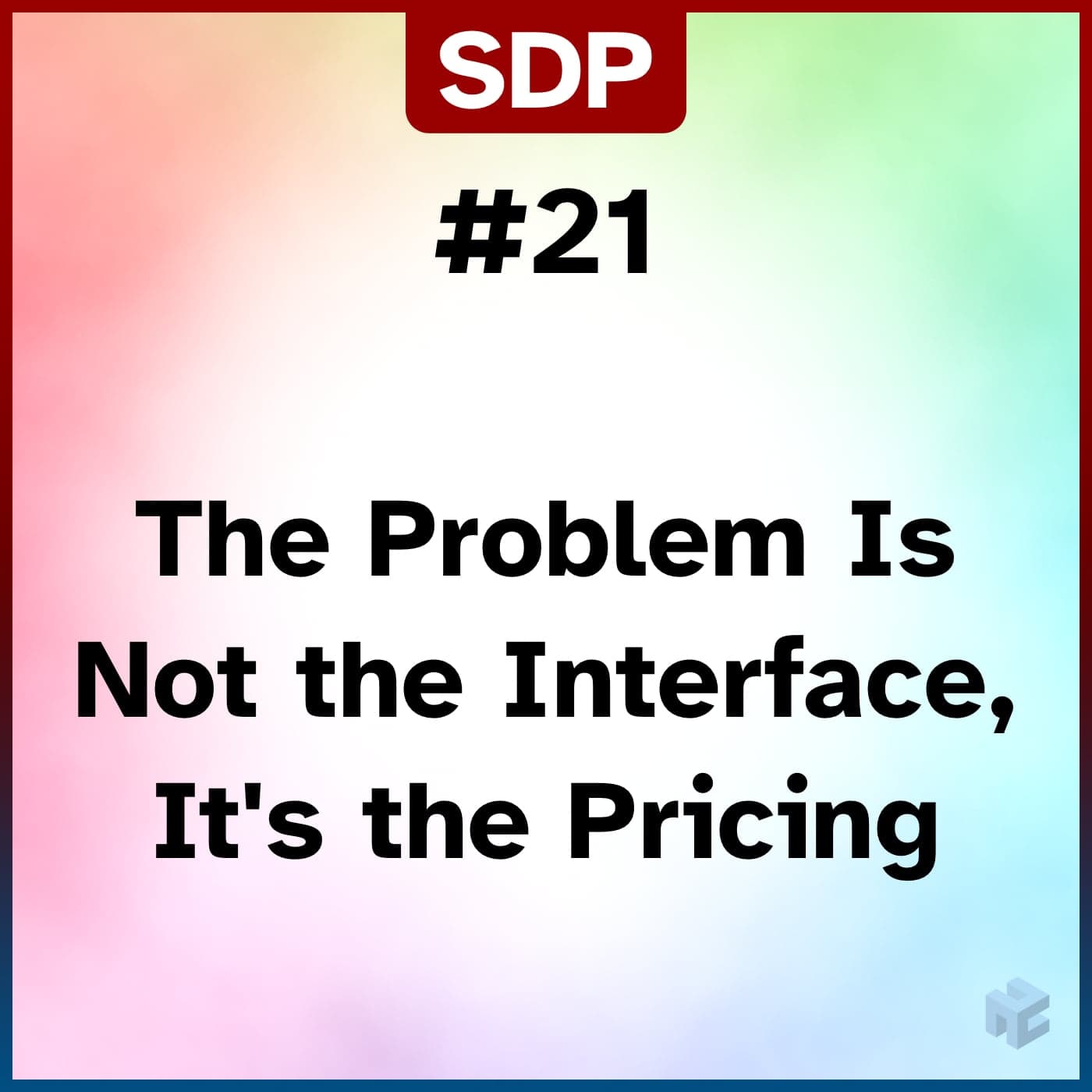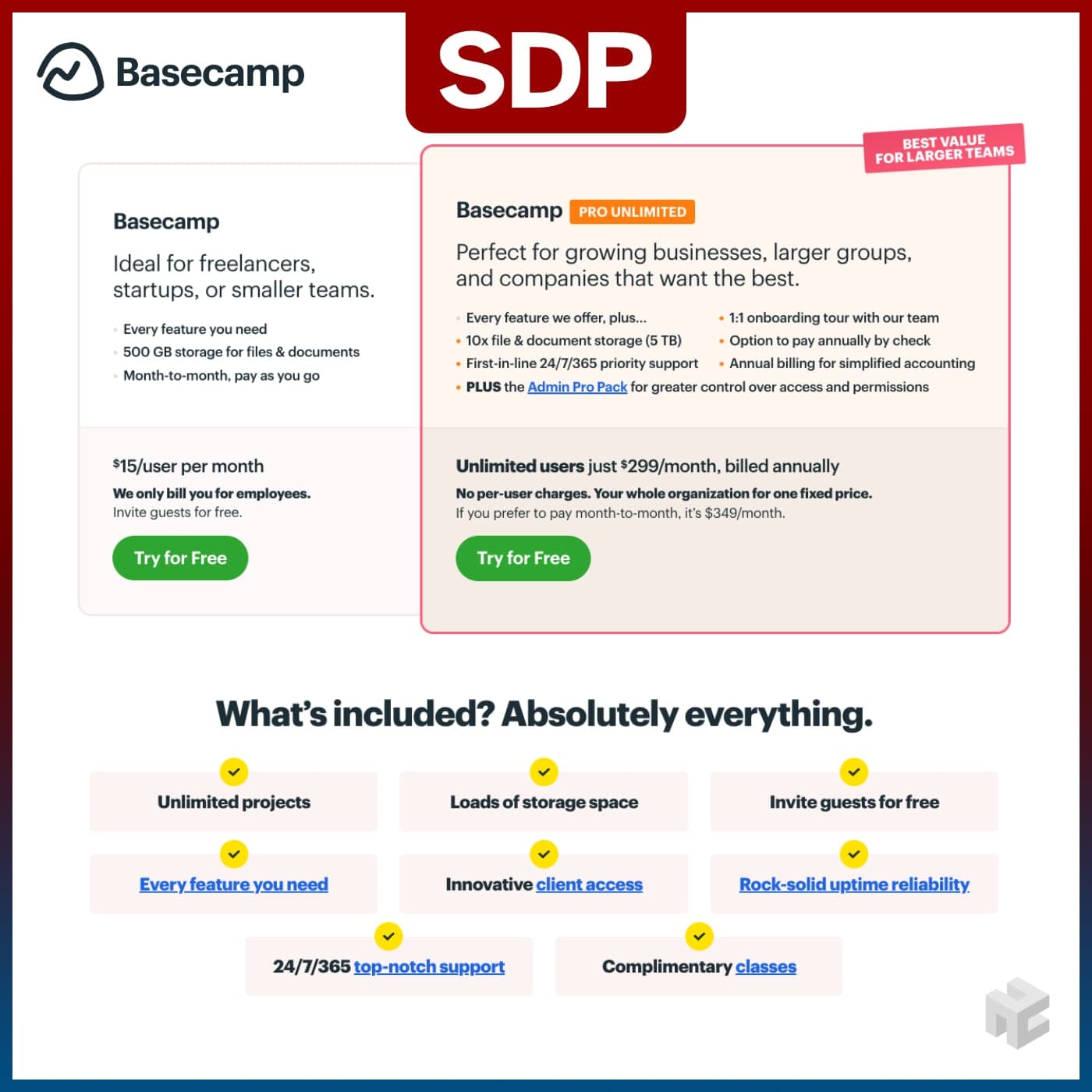


















In this episode, we explore the nuanced relationship between pricing strategies and service design. The discussion highlights three key areas:
Complex Pricing and User Interface Design: Daniele shares insights on how complex pricing can complicate user interfaces, using public transportation ticket machines as an example. He suggests that simplifying pricing could lead to more user-friendly interfaces.
Innovative Pricing Models: The conversation covers innovative approaches to pricing, such as Switzerland’s “L’abonnement général” for public transport, and the simplicity and transparency of Basecamp’s pricing model for SaaS. These examples illustrate the benefits of straightforward pricing structures in enhancing customer experience.
Psychological Impact of Pricing on Quality Perception: Daniele discusses how pricing affects customers’ perceptions of quality and engagement, sharing personal anecdotes about book pricing strategies. The episode delves into ethical considerations in pricing, emphasizing the importance of building meaningful relationships through thoughtful pricing strategies.
Overall, the episode sheds light on the intricate role of pricing in service design, urging designers and businesses to consider how pricing strategies impact user experience, customer relationships, and perceived value.
(Show summary by ChatGPT)
00:00 Intro 00:49 The Problem Is Not the Interface, It’s the Pricing 04:48 L’abonnement Général 07:19 37 Signals 07:50 Basecamp Pricing 09:41 Bigger Organizations 10:21 Trade-offs 12:04 Show Me Your Damn Pricing 13:20 Provide recurring services? You’re in a relationship. 16:15 The Price Changes The Quality Without Any Other Change 22:17 A higher price gives you room 25:55 Guy doesn’t answer the question. 27:20 Pricing in threes 29:11 BANT Framework 30:04 Quantitative elements have lots of research and data 32:23 Some takeaways 34:21 Wrap up
Swiss GA Travelcard - “l’abonnement général”- https://www.sbb.ch/en/tickets-offers/travelcards/ga-travelcard.html
Fair Tiq - https://fairtiq.com/en/
37 Signals - https://37signals.com/ Basecamp - https://basecamp.com/pricing
BANT Framework - Budget Authority Need Timing (Search for “BANT framework alternative” for other frameworks)
















